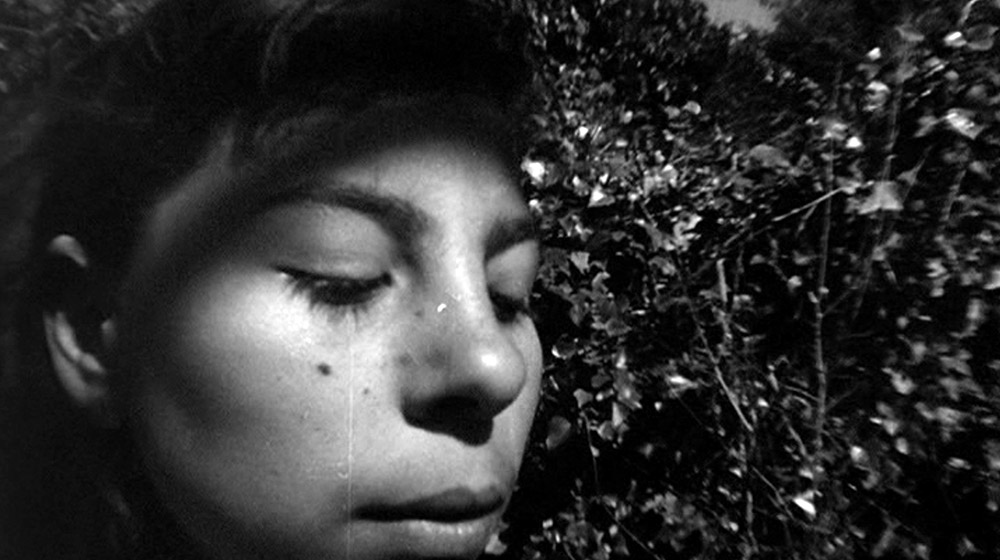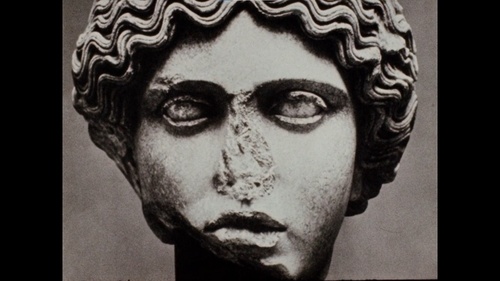Xcèntric 2023-2024
Technique with a Capital T: Technology, Ethnography and Plastic Medium in the Cinema of José Val del Omar
Audiovisuals
Devised in connection with the session in the course “Writing Cinema II” devoted to filmmaker José Val del Omar, this programme aims to offer a historical and biographical framework that helps to understand his theory production, drawing on an imaginary that was to remain constant throughout his career. Presented by Lluís Alexandre Casanovas, the session’s programmer.
Outlining the constellation of interests of filmmakers close to Val del Omar, this programme explores the persistence of a resource that was to fuel much of the avant-garde cinema of 20th-century Spain: the use of popular tradition as a starting point for visual experimentation. Various authors argue that film technology helps to reconstruct a supposed continuity between culture and environment, and between anthropology and techno-science, with ethnographic methods based on the optical possibilities of new visual recording mechanisms. The aim, as Val del Omar explained, was to offer spectators “prime-quality objective documents” that show the connection between nature and tradition; for example, between the forms of water subjected to the force of gravity and the movement of the body when dancing siguiriyas, or between the sinuous forms of plant cells and baroque images carved in pine wood. The efforts of these filmmakers were based on confidence in the communicative possibilities that, beyond language, the technical reproduction of images allows, and were essayed in various scientific, technical and artistic fields.
The programme is organized in two blocks, revolving around two productions by Val del Omar about his native Granada. The first block looks at the possibilities offered by film to understand biological and cultural phenomena. It takes as its point of reference the short film Vibración de Granada (1935), along with pieces by Guillermo López Fernández-Zúñiga, Carlos Velo and Fernando G. Mantilla, associates, like Val del Omar, of the Cinematography Service of the Education Missions. This initiative not only took cinema to the most isolated rural regions, it also used film and photography to document the living conditions of these areas and the continuance of traditions that had disappeared from metropolitan settings. This twofold operation also served to highlight the importance of these communities and their culture to the political project of the Republic. Alongside the documentation of the Missions, these filmmakers made short scientific and ethnographic educational films in which they experimented with new political aesthetics, like in Galicia/Finis Terrae (1936), by Carlos Velo and Fernando G. Mantilla.
The second block presents the continuing efforts of the project to revalue popular traditions in the republican period after the Civil War. Aguaespejo granadino (La gran siguiriya) (1953-55) by Val del Omar is accompanied here by the lyrical-anthropological documentary Boda en Castilla (1941) by Manuel Augusto García Viñolas. This experimental film uses the aesthetic resources offered by cinema to record national traditions as a closed, essentialist system, separate from the subject and the environment. In contrast to this experience, the programme concludes with Aguaespejo granadino, a “lyrical plastic essay” about the architecture and landscape of the Alhambra and the Romani community living around it. Val del Omar structures the relation between setting and individual by means of an image that is the driving force capable of awakening cultural manifestations concealed in the unconscious, activated by optical resources such as the rapid shutter that freezes the water of the Alhambra fountains in a dance of siguiriyas or the strobe lighting that turns the figures of plants into abstract ornamental patterns.
Vibración de Granada, José Val del Omar, 1934-35, 16mm, No sound, 21’; Polinización, Guillermo Fernández López-Zúñiga, 16mm, 1935, No sound, 3’; Finis Terrae-Galicia, Carlos Velo and Fernando G. Mantilla, 1936, 35mm, 8'; La ciudad y el campo, Carlos Velo and Fernando G. Mantilla, 1934, 35mm, No sound, 9’; Boda en Castilla, Manuel Augusto García Viñolas, 1941, 35mm, 16’; Aguaespejo granadino (La gran siguiriya), José Val del Omar, 1955, 35mm, 23’



